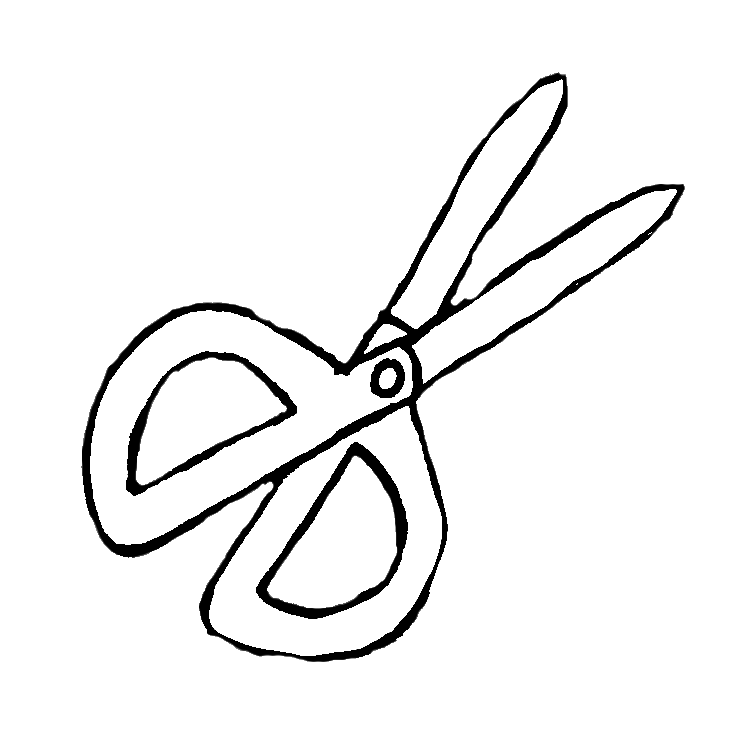pedagogical contents
1.1 Teaching Methods
English teachers in this school often use the Grammar-Translation method wherein the teachers will speak in English and if the students don’t understand, they will translate it to Thai. This method can be seen throughout the entire class starting from the preliminaries of the lesson until the evaluation part.
Below is the teaching procedure and method done by the teacher upon my observation on January 15, 2019.
Greetings/Preliminaries
-
The students stood and greeted the teacher, “Good afternoon, teacher.”
-
The teacher responded, “Good afternoon, class. How are you, today?”
-
The students answered, “We’re fine, thank you. And how about you?”
-
The teacher then replied, “I’m fine, thank you. You can now sit.”
-
Students took their seats.
Recall of the previous lesson
-
The teacher asked questions about the previous lesson which was about the use of articles – a, an, and the.
Motivation/Introduction of the Lesson
-
The teacher let the students read a conversation (about two persons talking inside an art gallery) found in the book.
-
He also introduced different places (museum, theatre, circus, etc.) with their corresponding names. He read it first, and the students repeated afterwards.
-
The teacher then asked questions about those places such as “What can you see at circus?’, “What can you do at museum?”, etc.
Lesson Proper
-
The teacher said that the main topic for the day was about the usage of must and mustn’t.
-
He translated the words to Thai for better understanding of the students.
-
He then gave the definitions and difference of must and mustn’t.
Enhancement Activity
-
The teacher asked the students to answer and activity related to the lesson which was found in their books.
-
After several minutes, the teacher together with the students checked their works.
Generalization/Synthesis
-
Before the class ended, the teacher asked the students about the things they learned for the day’s lesson.
-
Afterwards, the teacher summed up the lesson by giving key concepts.
The above mentioned method is the frequently used procedure in my one month stay here in the school. I think this is for the reason that the students and teachers are comfortable with it and students learn better in that way. However, some activities are altered depending on the learners’ ability to comprehend. Take for instance, section 1 is given an activity which was not given to the lower sections. This is for the reason that, students in section 1 learn faster than those of other sections.

1.2 Learning Materials and Innovation
The teacher that I was with frequently uses traditional learning materials like flash cards, pictures, envelopes, etc. These are supplementary learning materials for the lesson because the main learning material used is actually an English book for Matthayom 1 entitled “Access 1 Student’s Book”. All activities are found in the book but sometimes the teacher would enhance the activities for better learning of the students. This a form of innovation where teacher doesn’t only depend on the book but also utilizes other materials to effectively teach the lesson.



1.3 Sources of Learning and Technology

The main source of learning for the English language is the book entitled “Access 1 Student’s Book”. Internet websites are also used for supplementary input of the lesson, or for enhancement activities in the class.
The teacher doesn’t often use technology as part of the lesson but students would use their mobile phones every time they are having a hard time understanding the language. They use the app, Google Translate to translate specific words from English to Thai. This kind behavior is allowed by the teacher because it also serves as an aid of teaching.
1.4 Authentic Assessment
Students are given an exam at the end of each unit found in the book. The exam covers all the lessons inside the specific unit. However, there is no assessment given every after a particular lesson. The unit test serves as the assessment for all the covered topics.
They are also given projects which depict real life events and scenarios. One certain project was about letting students create a miniature of. a community which consists of different streets and places like park, hospital, church, toy shop, etc. This is in relation to the topic – prepositions where students are made to identify where the specific place is located based on the map of the community.



.jpg)

